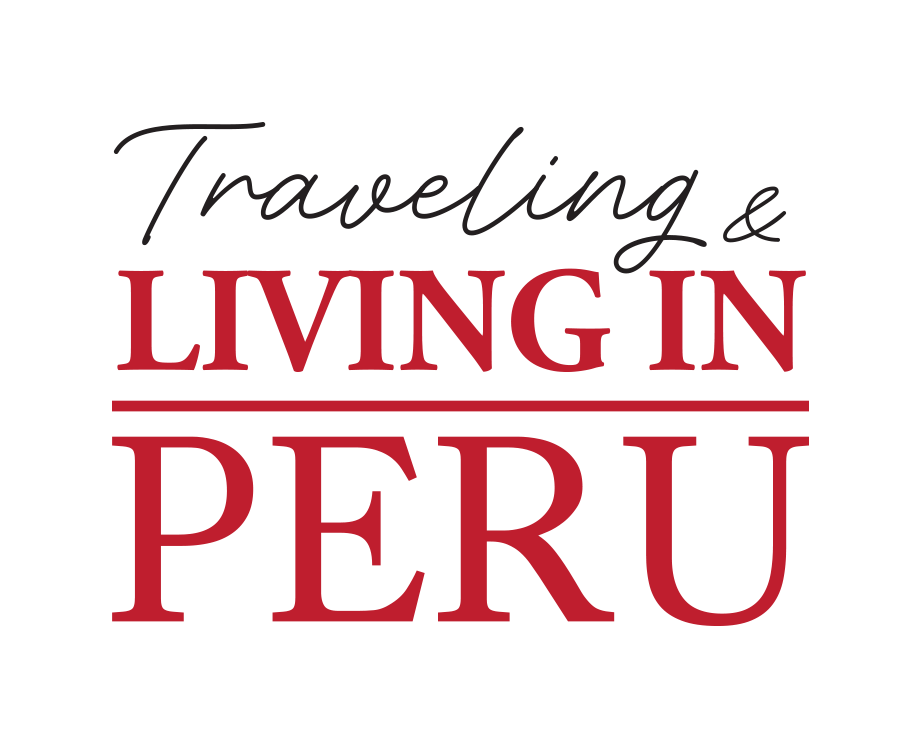The Salkantay Trek takes you from the height of the mountains to the jungle of Machu Picchu. Learn more about this scenic route that many tourists overlook and is a great alternative to the Inca Trail.
The snow-capped Salkantay, at an elevation of 4,600 meters, is the second tallest mountain in Cusco and is a sight to behold. As an adventurous option to getting to Machu Picchu, this trek will allow you to view the Salkantay in its splendor and also pass through the rich vegetation of the jungle leading down to Machu Picchu, which sits at 2,430 m.
Easing in
The trek starts in the village of Mollepata, three hours from Cusco.

A short ascending walk through a winding mountain road will lead you to a place called Challacancha where the trek by horse begins to Soraypampa. After a short break, the climb continues to Humantay Lake, a small lagoon crowned with one of the glaciers of the Vilcabamba mountain range. A profound silence is only interrupted by the sound of flowing water. This place is dominated by the turquoise waters of the springs, which make a sharp contrast with the white of the snow and the intense blue of the sky. You will then return to Soraypampa, the first campsite of the journey.

Up the mountain
The snowy territory of Salkantay gives us an awe inspiring landscape, its immensity makes you feel tiny. The journey continues on the second day with a walk to Salkantay Pampa, at 4,200 m.
Salkantay translates to ‘indomitable’ and, as the Andean people know very well, very few have reached its peak. Salkantay is famous among Andeans for its constant and unpredictable avalanches that have taken the lives of several climbers.
After an even slope, you arrive at the Salkantay Pass, where a sign and cairns (stone markers of piled up stones) made by other travelers show that you’re at 4,549 m. This is the highest point on the trek. You will have panoramic views of other snow-capped mountains like the Pumasillo, at 6,100 m, in the Vilcabamba mountain range.
Welcome to the jungle

The walk continues downward, with the landscape changing at every step until you reach a cloudy forest. Walking along the Salkantay River, you will find yourself suddenly surrounded by orchids, butterflies, leafy trees and waterfalls crossing the natural trail. The landscape, each time greener, completely takes over that of the mountains. Your second campsite will be at Andenes, 2,889 m.
Entering the Inca Trail
The journey continues through the Santa Teresa River Valley, where you’ll pass through banana, granadilla, avocado and coffee plantations. Here, you’ll be able to breathe just a bit deeper and the sun will warm you up. You will then continue to the start of the Llactapata Inca Trail toward the archeological complex of the same name. This is an Inca control point where you’ll be able to see Huayna Picchu in the distance.
From here, begin the final descent to the Aobamba River through lush bamboo forests, orchards and coffee plantations. In order to make it to your deserved final destination, Machu Picchu, you will board the train at the Hydroelectric Power Station to Aguas Calientes.
Booking

The trek is a great alternative to the full Inca Trail experience, which has a few restrictions. While the Inca Trail closes in the month of February for maintenance, the Salkantay trek is open year round. The Inca Trail also fills up months in advance, but there’s bound to be space available for this trek at any moment. You also don’t need permits for Salkantay as you do with the Inca Trail. Here is an option for a 8 day / 7 night package that includes the Salkantay Trek, Machu Picchu and Cusco city tour. You can also contact Traveling & Living in Peru’s travel agent Flavia Hurtado at fh@livinginperu.com to customize your trip.
This article has been updated from its original version written by Veronica Gruber and published on September 3, 2013.
Cover image: Maria/Flickr


